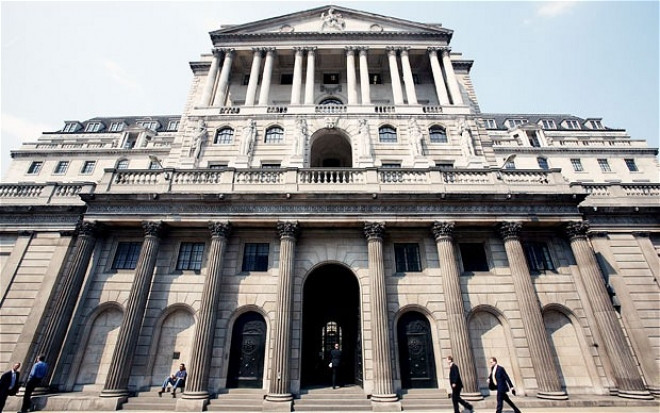Bond Trader Mark Stevenson Banned and Fined for Trying to Dupe BoE With £1.2bn Gilt Rigging

The Financial Conduct Authority has fined bond trader Mark Stevenson £662,700 for deliberately manipulating a UK government bond (gilt) on 10 October 2011, and banned him from the industry.
The regulator said in a statement that the bond trader, intended to sell his holding, worth £1.2bn (€1.4, $2bn) to the Bank of England for an artificially high price during quantitative easing (QE) operations that day.
His unusual trading was reported within 40 minutes and the Bank decided not to buy that gilt as part of QE, said the FCA.
"Stevenson's abuse took advantage of a policy designed to boost the economy with no regard for the potential consequences for other market participants and, ultimately, for UK tax payers. He has paid a heavy price for his actions," said Tracey McDermott, the FCA's director of enforcement.
"Fair dealing is at the heart of market integrity. This case sends a clear message about how seriously the FCA views attempts to manipulate the market."
This is the first enforcement action for attempted or actual manipulation of the gilt market.
Stevenson's conduct, described by the FCA as "particularly egregious", fell far below the standards of integrity expected of FCA approved persons, said the statement.
The investigation found this was the action of one trader on one day, and there is no evidence of collusion with traders in other banks.
The FCA has a statutory objective to ensure markets work well and promote market integrity.
Had Stevenson's offer to trade with the central bank been accepted, he would have accounted for 70% of the £1.7bn allocated to QE on that day. If the BoE had accepted his offer any subsequent losses it made would have been indemnified by the government - at taxpayers' expense.
Stevenson agreed to settle at an early stage of the investigation, qualifying for a 30% discount. Without this discount, the FCA would have imposed a fine of £946,800.
Key Events
- Between 1 July and 5 October 2011, Stevenson gradually increased his holding of the relevant gilt, as he thought its value could rise if the Bank decided to hold another round of QE.
- On Thursday 6 October 2011, the Bank announced that QE would be reintroduced on 10 October 2011.
- Between 09:00 and 14:30 on 10 October Stevenson significantly increased his holding of the relevant gilt - which accounted for 92% of the gilt's turnover that day.
- Given his significant market experience he was fully aware of the impact this would have and traded with the express intention of increasing the gilt's price.
- By 09:39 others in the market had highlighted this unusual activity to the Bank, with one trader noting that this appeared to be a deliberate attempt at "pushing the price higher in order to sell... later in the day".
- The price and yield of the bond significantly outperformed similar gilts on 10 October 2011 as a direct result of Mr Stevenson's trading. Stevenson stopped buying the bond at 14:30, whilst QE was underway.
- At 14:56, the Bank took the unprecedented step of announcing that it would not purchase the affected gilt, following significant changes in its yield that day.
- By 15:30 the gilt's performance had completely reversed, and by the end of the day its price was back in line with comparable bonds.
© Copyright IBTimes 2025. All rights reserved.






















